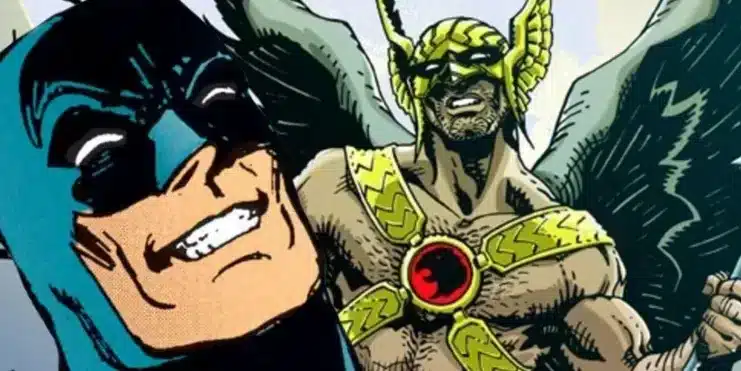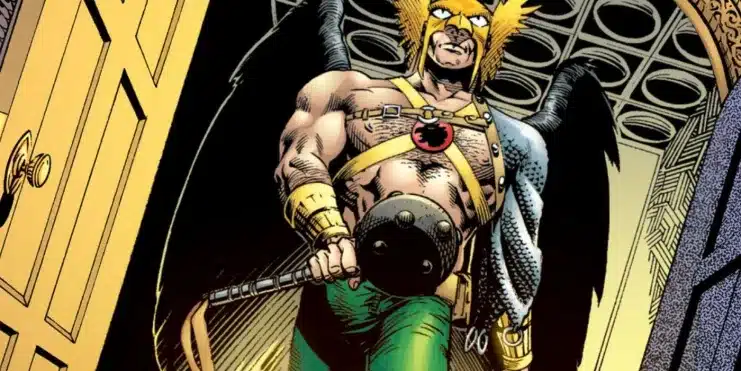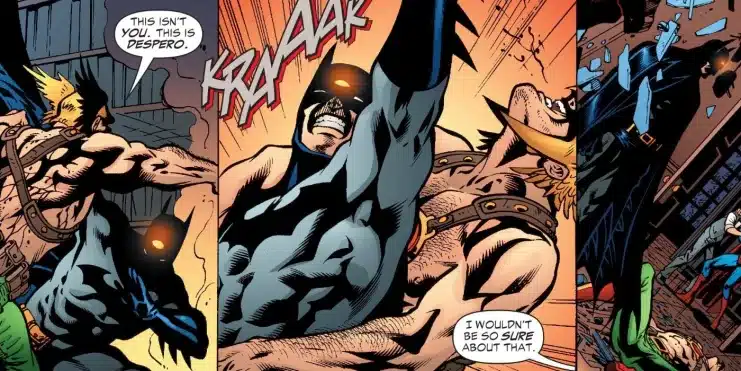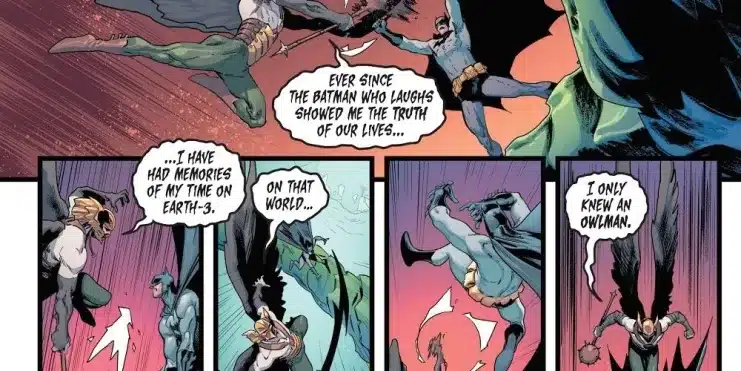
The reasons why Batman opposes this fantastic super team hero
In the complex universe of DC Comics, heroes don’t always agree on their actions or ideals, sometimes leading to unexpected tensions within teams like the Justice League. A clear example of these differences can be seen in “Justice League of America #1” (2006), where Batman clearly confronts what Hawkman can be included in the group, indicating the internal dynamics of the group.

Known for his hybrid nature and calculating methods, The Dark Knight always prioritizes minimizing damage in battle, a philosophy that is in direct contrast to Hawkman’s more aggressive approach. Carter Hall is described as one of the most fearsome and ruthless warriors in the DC Universe, a hero who will use his strength and combat to bring his enemies to their knees. This clash of styles resulted in Batman actively denying Hawkman’s entry into the Justice League, citing personal insecurities and concerns about the hero’s brutal tactics.
A debate about violence and leadership
Batman’s decision was not easy; He even faced opposition from other founding members, such as Superman and Wonder Woman, who saw the merits of including Carter Hall in the League. However, Batman’s central story revolved around his belief that violence and aggression should not be confused with battlefield leadership or effectiveness. This position reflects the deep moral crisis within the group, highlighting the different philosophies that govern our beloved heroes.
This event not only highlights Batman’s influence in the Justice League, but also highlights the complexity of building a common understanding among such a diverse group. Despite the arguments in favor of the winged hero, highlighting his bravery and fighting skills, Bruce’s steadfast stance on the matter prevented him from joining the Justice League. This fact highlights the Dark Knight’s emphasis on strategy and ethical principles rather than pure brute force.


A principled leader
Bruce’s commitment to a moral code that prohibits him from crossing certain lines beyond his physical and technological abilities, such as killing his enemies, stands out. This basic principle not only sets him apart from other heroes, but also places him as the moral leader in the Justice League. The rejection of Hawkman reflects this position, emphasizing the importance of maintaining a consistent ethic in the fight against crime.
On the other hand, Carter Hall, with a more direct and sometimes brutal approach, represents a different aspect of justice in the DC Universe. This difference in approach highlights the complexity of teamwork, where ideological differences can be just as challenging as the villains. Batman’s ability to influence the composition of the League highlights his vital role not only as a strategist but also as a guardian of its values.
The balance between justice and cruelty
The situation with Brahman raises fundamental questions about the balance between justice and cruelty and how far heroes must go to protect humanity. Batman, despite his own often violent tactics, draws a clear line regarding the amount of force used against enemies. This difference in fighting methods shows the differences in approach within the Justice League and how these influence the choices of the members.


Gotham Veto highlights the complex and ethical challenges facing heroes in their fight for justice, not just a decision based on the inconsistency of Carter Hall’s defensive fighting tactics. While Carter continues to face mysterious enemies with his trademark brutality, Bruce maintains his commitment to measured and controlled justice, ensuring that the League remains true to its principles of protection without unnecessary cruelty.
This episode between the two heroes provides a window into the moral and ethical depth at the heart of the League, reminding us that even between heroes, there is always debate about good and evil, justice and cruelty.